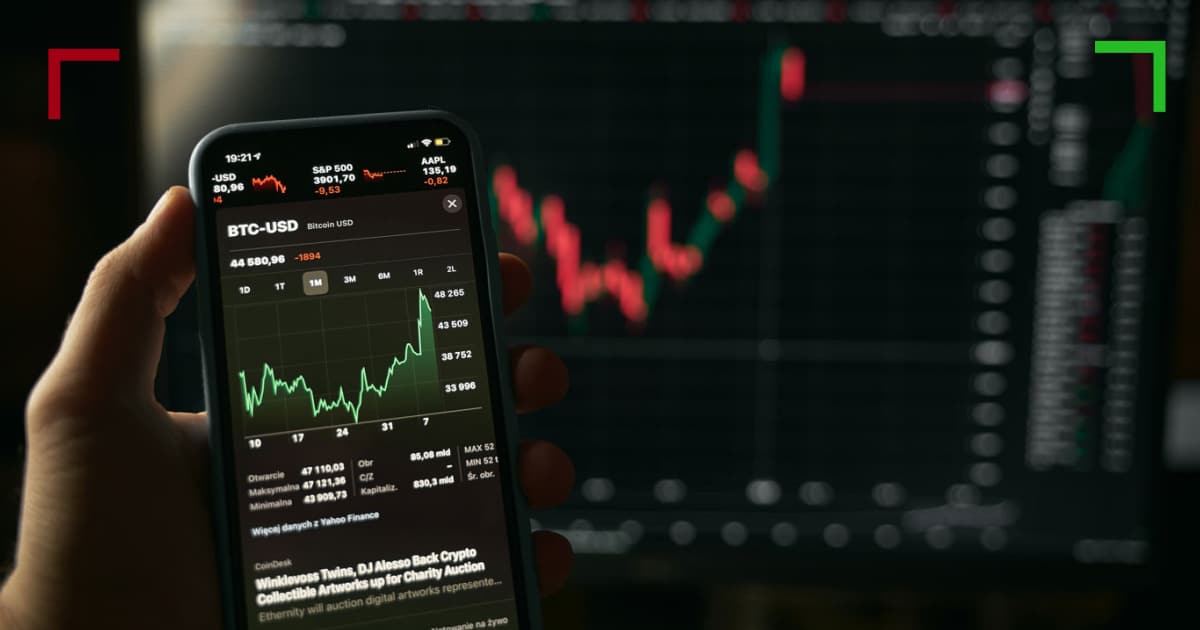
Understanding Crypto Trading Indicators: A Comprehensive Guide
In the rapidly evolving world of cryptocurrency trading, having the right tools and indicators at your disposal can make the difference between success and failure. Crypto trading indicators are essential for analyzing market trends, making informed decisions, and developing effective trading strategies. In this article, we will explore various types of indicators, their applications, and how to leverage them to maximize your trading potential. For more in-depth analysis, Crypto Trading Indicators click here to read related insights.
What Are Crypto Trading Indicators?
Crypto trading indicators are statistical tools that traders use to evaluate the performance of cryptocurrencies and forecast future price movements. These indicators are derived from historical price data and trading volume, allowing traders to identify patterns and trends that can inform their trading decisions. By understanding and utilizing these indicators, traders can gain insights into market sentiment, volatility, and potential reversals.
Types of Crypto Trading Indicators
There are several types of crypto trading indicators, each serving distinct purposes. The most commonly used indicators fall into the following categories:
1. Trend Indicators
Trend indicators help traders identify the direction of the market. Common trend indicators include:
- Moving Averages (MA): Simple Moving Average (SMA) and Exponential Moving Average (EMA) are used to smooth out price data and identify trends over specific periods.
- Moving Average Convergence Divergence (MACD): This indicator shows the relationship between two moving averages of a cryptocurrency’s price, aiding in trend direction analysis.
2. Momentum Indicators
Momentum indicators measure the strength of a price movement and help traders identify overbought or oversold conditions. Noteworthy momentum indicators include:

- Relative Strength Index (RSI): Ranges from 0-100 and indicates potential overbought or oversold conditions, usually above 70 or below 30, respectively.
- Stochastic Oscillator: Compares a closing price of a cryptocurrency to its price range over a specific period, signaling potential reversal points.
3. Volume Indicators
Volume indicators analyze the trading volume of a cryptocurrency to assess the strength of a price movement. Important volume indicators include:
- On-Balance Volume (OBV): This tool uses volume flow to predict changes in a security’s price, helping traders gauge buyer and seller activity.
- Chaikin Money Flow (CMF): Combines price and volume to show the buying and selling pressure over a certain period.
4. Volatility Indicators
Volatility indicators measure the rate of price fluctuations and can signal potential price breakouts or reversals. Key volatility indicators include:
- Bollinger Bands: Comprise a moving average and two standard deviations, indicating potential overbought/oversold conditions through price movement relative to the bands.
- Average True Range (ATR): Measures market volatility by decomposing the entire range of an asset price for a specific period.
How to Use Crypto Trading Indicators
Using crypto trading indicators effectively requires a systematic approach. Here’s a step-by-step guide:
- Choose Relevant Indicators: Select indicators that align with your trading strategy and objectives. Consider combining several indicators to increase reliability.
- Analyze Historical Data: Use indicators on historical data to understand their performance and efficacy in signaling potential trades.
- Develop Trading Rules: Establish clear rules based on your indicators. For instance, you might decide to enter a trade when the RSI crosses above 30 and exit when it crosses below 70.
- Practice Risk Management: Never rely solely on indicators for trading decisions. Implement proper risk management strategies, including setting stop-loss orders and position sizing.
- Continuous Learning: Stay informed of market developments and continuously educate yourself on new indicators and strategies.
Common Mistakes with Crypto Trading Indicators
While indicators are powerful tools, many traders make common mistakes that can lead to adverse outcomes:
- Over-Reliance on Indicators: Relying too heavily on indicators without considering broader market dynamics can lead to misinterpretation of signals.
- Ignoring Market News: Fundamental events (like regulatory changes or technological advancements) can significantly impact prices, often rendering indicators less reliable.
- Using Too Many Indicators: Using multiple indicators can lead to analysis paralysis and conflicting signals. Stick to a few trusted tools to maintain clarity.
Conclusion
Crypto trading indicators are vital tools for navigating the complex cryptocurrency market. By understanding different types of indicators and how to use them effectively, traders can make better-informed decisions. Remember to combine indicators with sound risk management practices and a keen awareness of market conditions. With continuous learning and practice, traders can harness the power of these tools to enhance their trading strategies and achieve success in the dynamic world of cryptocurrency.

